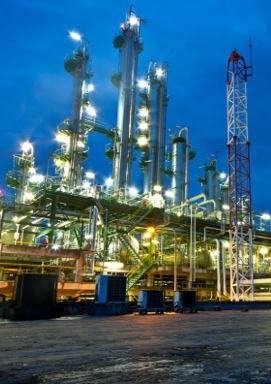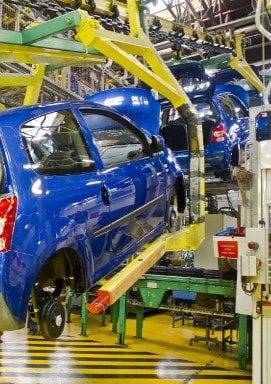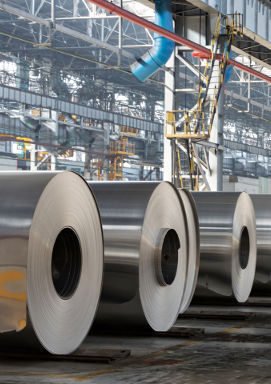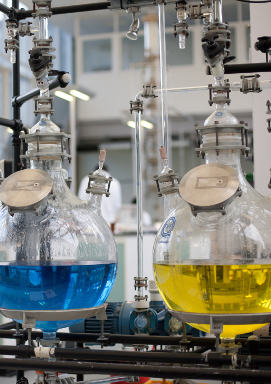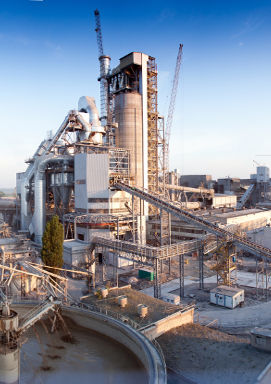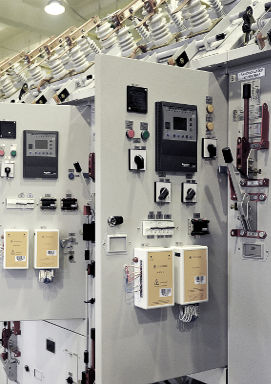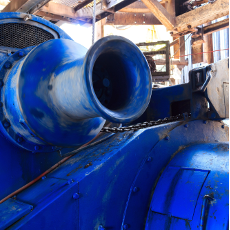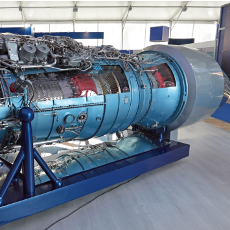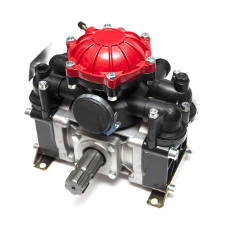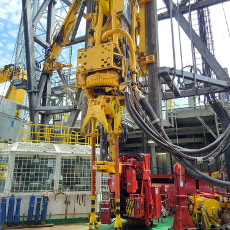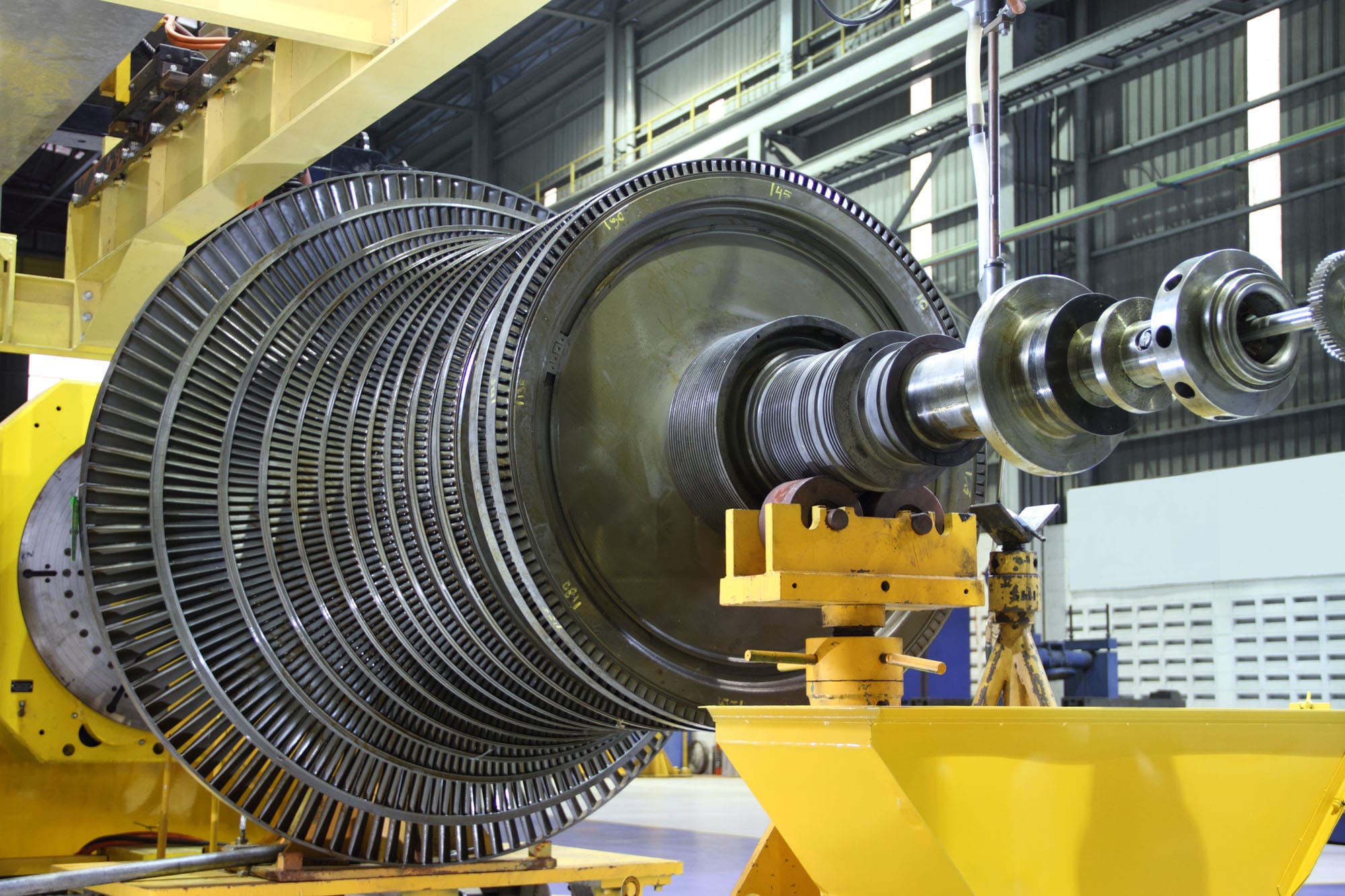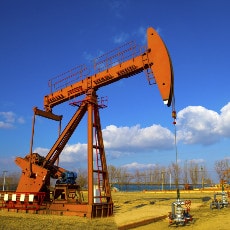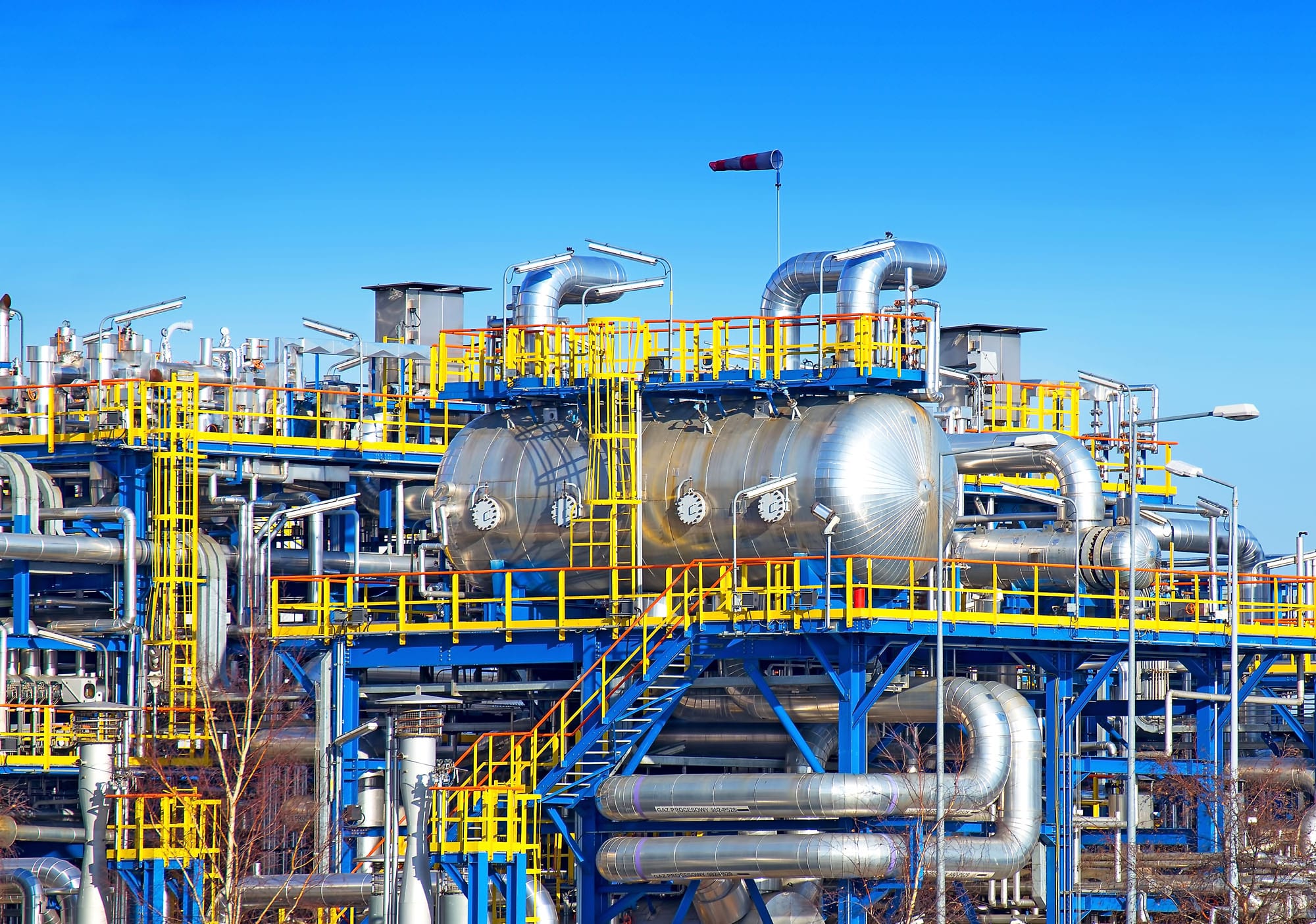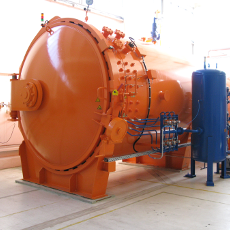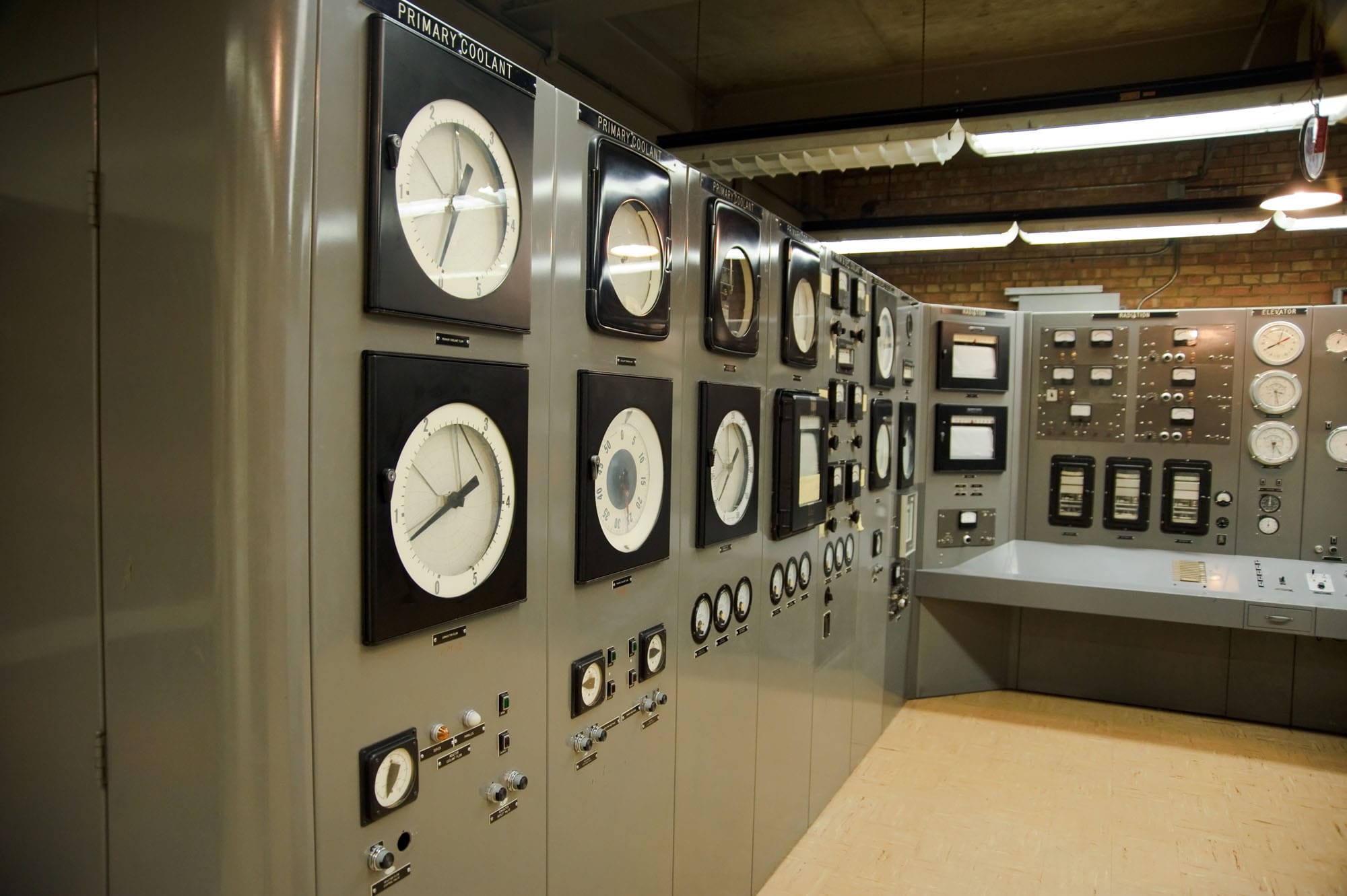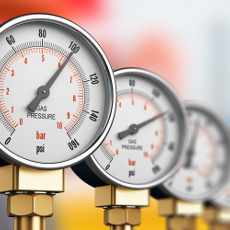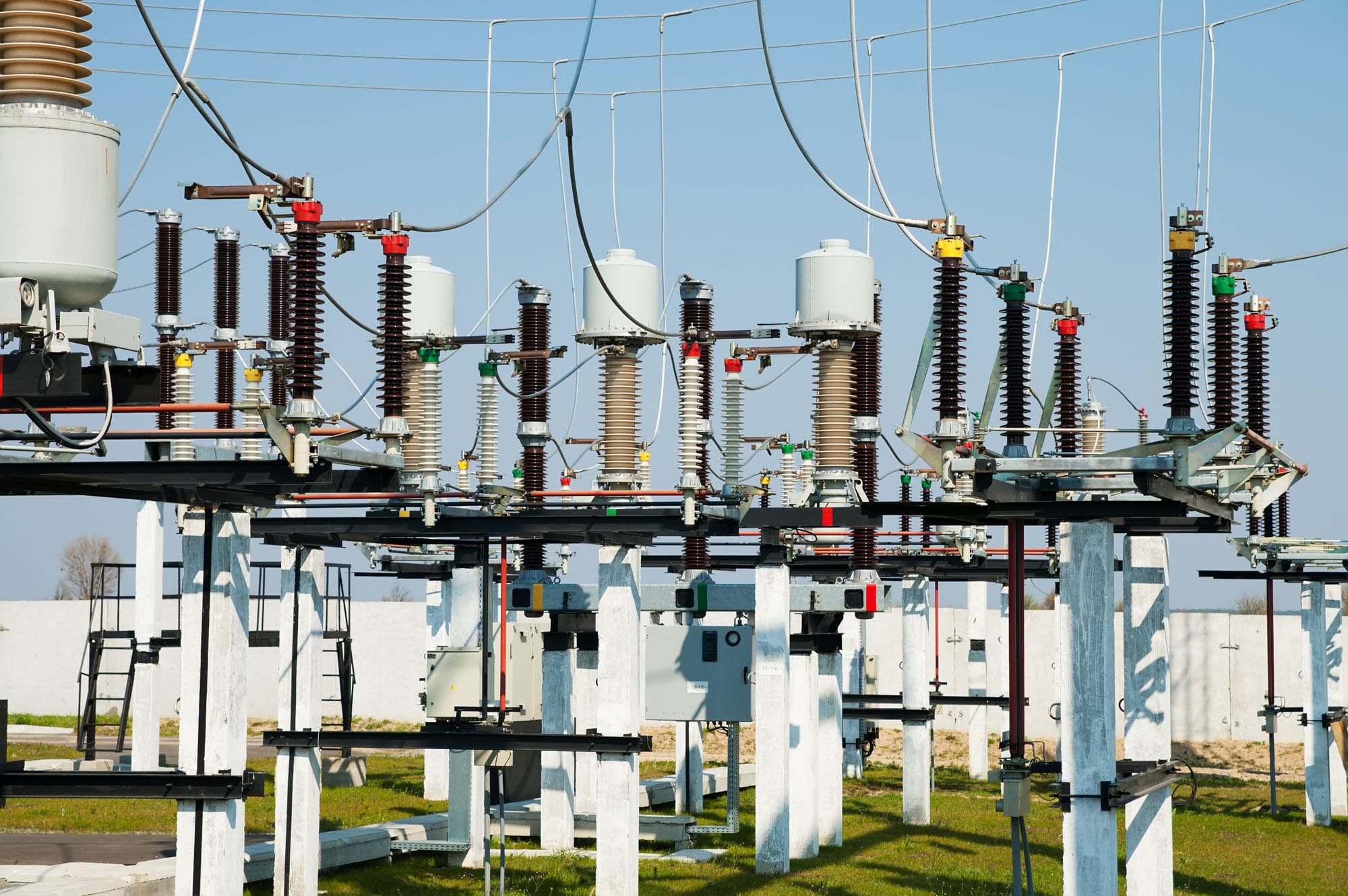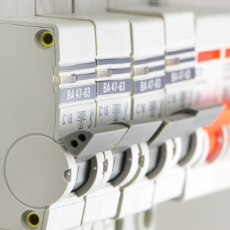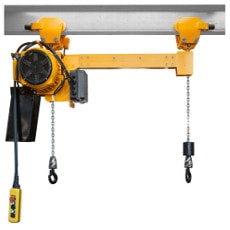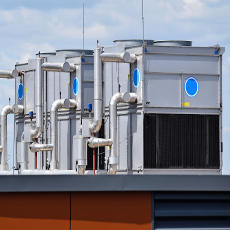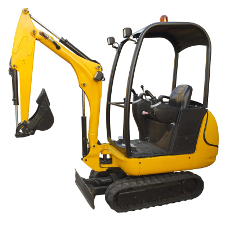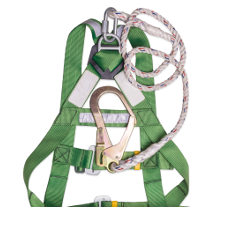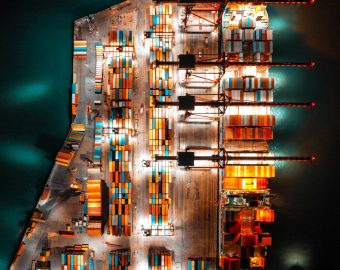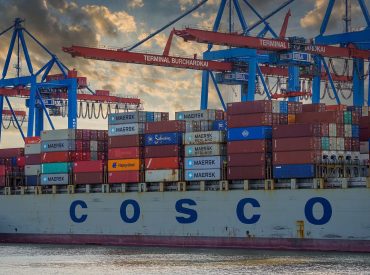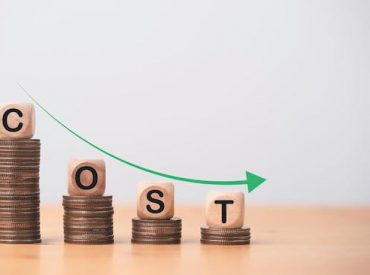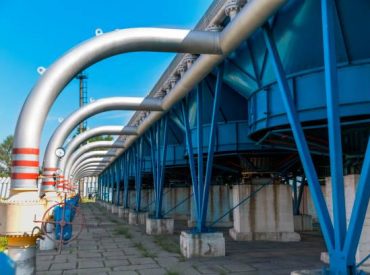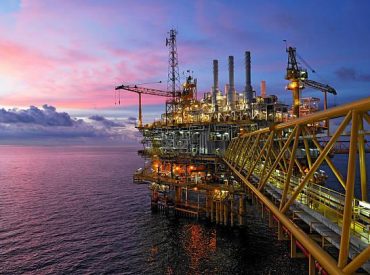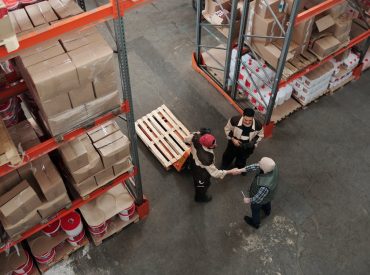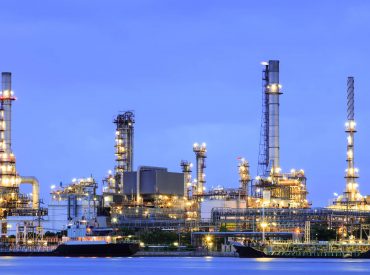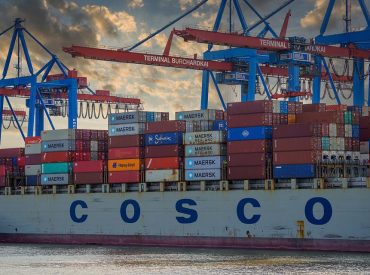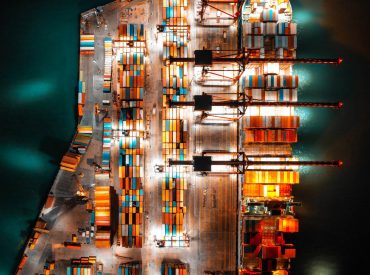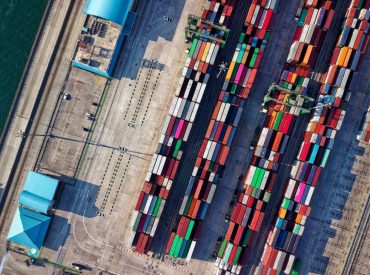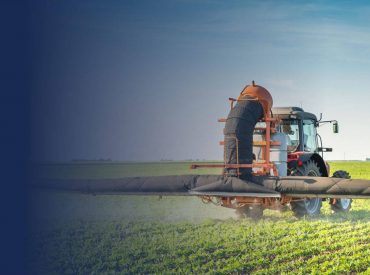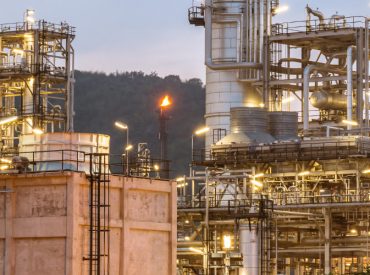We take immense pride in unveiling our latest masterpiece – our digital brochure. Packed with insights, expertise, and solutions that can transform your business, it’s a must-have resource for industry leaders and enthusiasts alike. Ready to explore a world of possibilities? Don’t miss out. Download our brochure today and embark on a journey of excellence with Refteck.
Total Cost of Ownership (TCO) – Why It is Important for Businesses
Success in the fast-paced corporate environment depends on more than just the initial investment; it also depends on learning the art of total cost of ownership (TCO).
Imagine a roadmap that reveals unanticipated costs, increases earnings, and ensures longevity. TCO is the compass that directs businesses towards sustainable prosperity; it is more than just a financial statistic.
Businesses sometimes concentrate on the up-front costs of purchasing assets or putting strategies into place in their ongoing pursuit of success.
However, this narrow perspective typically leads to unplanned expenses, missed opportunities, and lower probability. In this scenario, Total Cost of Ownership (TCO) emerges as the unsung financial acuity hero. TCO is a thorough strategy that considers all costs incurred over the life of an asset or business decision.
TCO reveals the underlying cost implications, providing a comprehensive view that enables firms to make wise financial decisions at every life cycle stage— from acquisition to operation, maintenance, and disposal. Understanding and utilising the potential of TCO in today's dynamic business environment is crucial for anyone looking to achieve long-term success and profitability.
Let us understand more about the TCO procurement in detail.
TCO ANALYSIS: UNCOVER THE HIDDEN COSTS OF TECHNOLOGY AND MAKE BETTER DECISIONS
The Total Cost of Ownership (TCO) analysis is a crucial model for business decision-making that extends beyond the obvious costs related to purchasing assets or putting strategies into place. It thoroughly explains the actual cost consequences throughout the entire asset lifespan or business decision.
By taking into account not just the original expenditure but also the long-term operational, maintenance, and disposal costs, TCO analysis is a potent tool that enables firms to make wise, financially intelligent decisions.
The TCO Analysis’s Elements
- Cost of acquisition: This TCO component is the easiest to understand and includes the cost of the asset or service at the time of initial acquisition.
- Installation and integration costs: Costs related to the setup and integration of the asset into the current infrastructure are included in the installation and integration costs, which are frequently forgotten. This category might fall into installation costs, technological compatibility evaluations, and personnel training.
- Operational costs: These are continuing costs incurred throughout the asset's life. This includes labour, raw material, and energy costs for a piece of machinery. In the case of software, this could be server charges, maintenance fees, and licensing fees.
- Repairs and maintenance: Assets need routine maintenance as well as periodic repairs. The TCO study considers the expected costs of upkeep, replacement parts, and repairs during the asset's lifecycle.
- Downtime and disruption costs: When production occurs, downtime resulting from maintenance or repairs can be a significant cost. TCO takes these possible losses into account.
- Upgrades and enhancements: In industries where technology advances quickly, assets may need improvement. The asset's total costs of ownership (TCO) take these costs into account.
- End-of-life costs: Assets are no different when it comes to end-of-life. The TCO analysis includes disposal costs and any related environmental taxes or compliance obligations.

Implementing a TCO Analysis
- Gathering data: Collecting accurate data for TCO analysis is essential. This comprises the price of purchasing, the cost of upkeep, the cost of previous repairs, and the anticipated lifespan.
- Selecting the correct metrics: Different indicators may be given varying levels of importance depending on the sector and asset. For instance, uptime and dependability in the IT industry can be crucial, whereas production efficiency in manufacturing might be more critical.
- Regular review and adjustments: TCO are not a one-time assessment, it requires regular views and adjustments. It must be examined and changed regularly for price shifts, consumption trends and technical developments.
Revolutionising Procurement and Supply Chain Management
Businesses today look into the Total Cost of Ownership (TCO) model as a guiding light of financial wisdom in their constant pursuit of operational efficiency and financial prudence. This holistic approach, which goes beyond conventional procurement tactics, considers the entire lifecycle of assets and services.
TCO reveals the full cost implications from acquisition through operation, maintenance to disposal, enabling businesses to make wise choices that have an impact on their supply chains, overall business strategy, and procurement procedures.
Let's look at each of them briefly:
The TCO Model: A Comprehensive Financial Compass
The TCO model is a comprehensive framework that evaluates each stage of an asset's lifecycle. The original acquisition cost is the starting point, but it goes beyond to include installation, operational costs, maintenance, upgrades, and end-of-life concerns. This strategy offers a holistic perspective, enabling organisations to base decisions on thorough financial intelligence rather than just up-front costs.
Total Cost of Ownership in Procurement: Beyond the Price Tag
TCO gives a crucial component of business operations, procurement, and a new degree of intricacy. It ensures that purchasing decisions align with long-term financial goals by taking installation, integration, operating and maintenance expenses into account in addition to the purchase price. This strategy promotes strategic supplier alliances and makes it easier to evaluate products more carefully.
TCO in Supply Chain: Setting the Standard for Efficiency and Resilience
An organisation's supply chain is vital, and TCO is essential to maximising its performance. Companies can find efficiency improvements and risk reduction chances by accounting for the total cost of ownership (TCO) of every component, from raw materials to completed goods. It thoroughly assesses vendors, logistical partners, and modes of transportation, resulting in a leaner, more robust supply chain.
TCO Company: Focusing on Financial Intelligence
Among others, Refteck is a TCO company that succeeds in today's competitive marketplace. It puts long-term financial stability ahead of opportunistic cost-cutting tactics. Due to their consideration of the environmental costs and benefits of their operations, TCO-focused businesses make better-informed procurement decisions and demonstrate more sustainability. In this way, the company's future viability and profitability are guaranteed.
TCO in Business: Setting the Standard for Financial Stability
TCO is more than just a measure in today's corporate environment; it's a way of thinking. It infuses every aspect of operations, from facility management to investments in technology. Businesses can portray themselves as forerunners of financial sustainability by embracing TCO. They make choices that have an impact on social responsibility and the environment as well as in the boardroom.

Conclusion
The total cost of ownership is becoming an essential strategic consideration at a time when financial expertise is crucial. It goes beyond conventional cost analysis by providing a thorough picture of the financial environment. The total cost of ownership (TCO) is the compass that directs businesses towards sustainable prosperity, whether in procurement, supply chain management, or entire business strategies.
It's a revolution in financial intelligence and operational excellence, not just a model.
If you accept the total cost of ownership (TCO), your company will be able to achieve its maximum capabilities.






